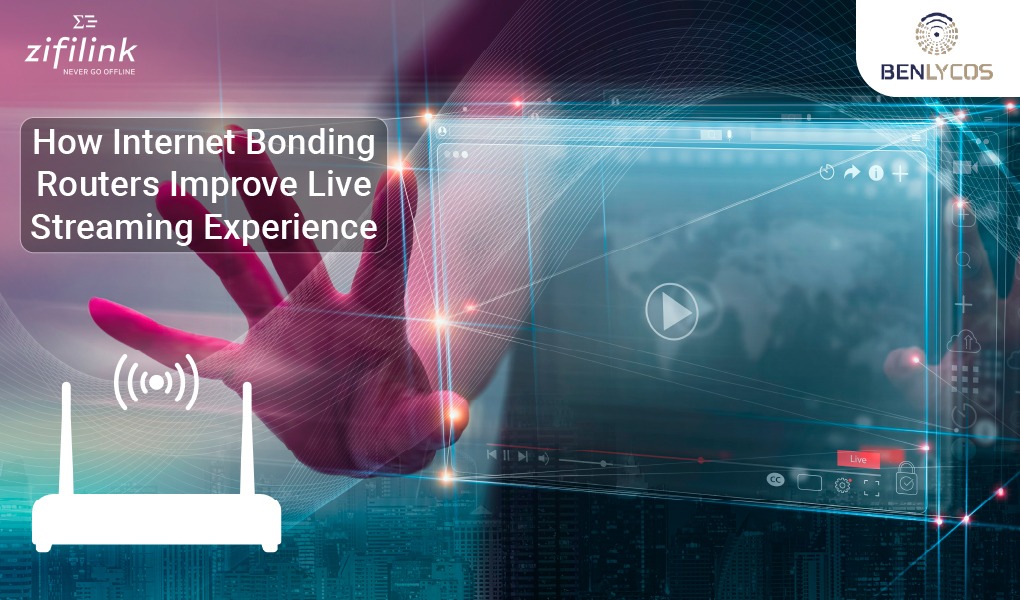IoT is an abbreviation for the Internet of Things, it could very well be the next generation of computing with the sheer amount of new products that are under development in addition to those that are already on the market.
The purpose of IoT is very similar to the internet, that is to create a network of connected devices capable of data exchange via the Internet. These devices may also come with a variety of sensors, embedded electronics, software and actuators allowing remote sensing and control of the device using existing networking structures.
In the phrase ‘The Internet Of Things’, the word things refers to all the ‘objects’ that connect to the internet and are able to get access to its services. In the technology-driven, manufacturers are working very hard to integrate almost all our products with the internet. Some examples of these ‘smart’ devices are watches, vehicles, cameras and Automatic Temperature Control Systems.
IoT devices have certainly led to a lot of hope in the medical field with nanotechnology and devices such as health monitors for heart patients. Researchers predict that there will be something like 50 billion ‘objects’ connected to the Internet of Things by the year 2020. Each will be able to communicate and be used over the existing Internet infrastructure.
IP address allocation
For these connected devices to communicate, it is necessary to identify each one individually. The original idea was to give each device a unique ID based on its RFID tag, this soon evolved into an IP address or URI to name each device.
Although the objects do not ‘talk’ to each other they may be controlled by a centralized ‘server’ or by their human ‘master’. The current system for managing this process is IPv4, but its biggest flaw is a limited address range. IPv6 is the proposed new system, with a larger address space.
Standards And Enabling Technology
The standard protocol for communications over the internet is TCP/IP. This is a system of rules for Computers connected to the Internet to communicate with, kind of like a language. However, not all Communication takes place over TCP/IP, often it depends on the overall function of the device some may function over Wi-Fi, Bluetooth, Wi-Fi Direct, infrared or RFID.
Some of the standards along with their governing Bodies are:
1 TCP/IP-Internet Engineering Task Force (IETF)
2 RFID – The US FDA(Food and Drug Administration) gives Unique Identifier tags to each of these devices.
3 XSF – The XMPP(Extensible Messaging and Presence Protocol) Standards Foundation which is the open standard of Instant Messaging.
Applications
There are a variety of applications of IoT devices in the real world. The most popular among consumers are ‘smart’ home systems also known as Automated Homes.
Aside from these, medical science is also trying to research and develop new devices that may serve as early warning systems for diabetes and cardiac arrest and hopefully someday save lives.
Urban Infrastructure
Perhaps one of the major areas of IoT development is the urban infrastructure development. And many ongoing projects for smart cities are seeing good progress. Some good examples are Songdo in South Korea and Santander in Spain.

Above : Digital Variable Speed Limit Sign
Source : www.wikipedia.org
Incorporating IoT in city infrastructure is a large-scale project and very expensive. But ensuring data is always available when you need it. India in the 21st century could benefit a lot from these technological changes. But this raises an important question, is your personal data safe? and could it be misused?
Security Vulnerabilities
So IoT-enabled devices are constantly connected and sending packets of data over the internet. Most of this data is encrypted (meaning it cannot be read by an end-user). But very often due to badly written Mobile application software or simply failing to check all Security Flags the application could be ” vulnerable ” to hackers.
A good example of vulnerable IoT devices are Samsung Smart home hack. Earlier this year demonstrated by Atul Prakash of the University of Michigan. Also in 2015, a team of researchers at DEFCON were able to steal G-mail login information attacking a Smart Fridge, also made by Samsung. This raises massive questions about whether these devices could be trusted to manage our homes.
Future Developments
Before you cut any of your devices from your IoT wish list though it might be better to do research on the subject. With the massive market share that IoT holds, many companies are increasing security checks developing better products almost daily.




About The Author: Udaya Prakash
More posts by Udaya Prakash